Jupiter’s Great Red Spot has captivated astronomers for centuries, standing out as a colossal storm—so large it could easily swallow Earth.
Yet, recent advances in telescope technology have uncovered astonishing phenomena occurring high above this swirling tempest.
These discoveries reveal that the region is not just a weather system, but a complex and dynamic atmospheric laboratory.
The skies above the Red Spot are teeming with activity, hinting at hidden processes that could reshape our understanding of planetary science.
This new perspective invites us to explore the secrets floating above Jupiter’s most famous feature.
1. Discovery of High-Altitude Hazes
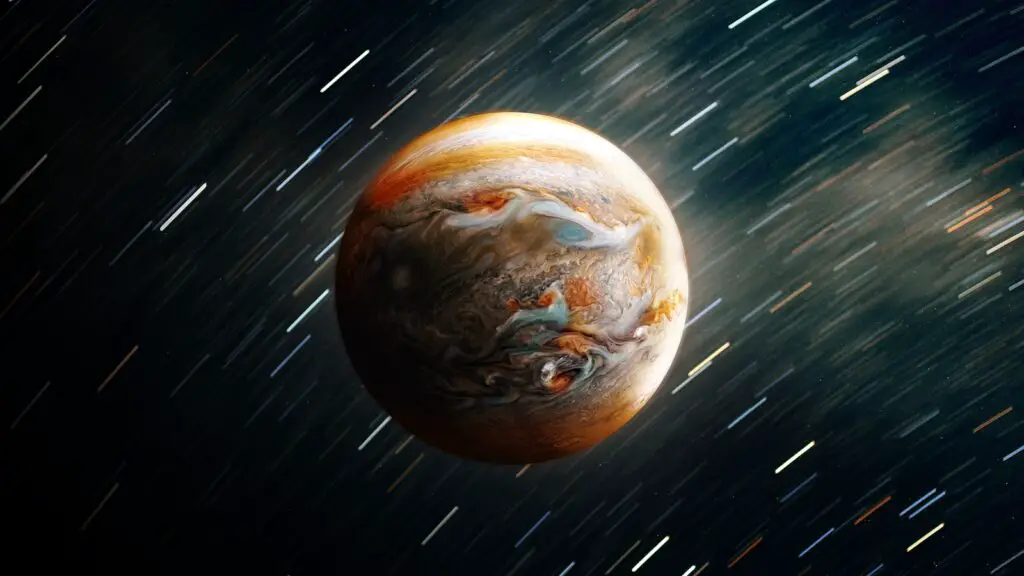
Thanks to the James Webb Space Telescope (JWST), astronomers have detected mysterious hazes hovering above Jupiter’s Great Red Spot.
These hazes reach altitudes far beyond similar layers seen elsewhere on the planet, suggesting unique atmospheric conditions.
Scientists believe these fine particles play a crucial role in how Jupiter absorbs and scatters sunlight, which could alter our understanding of its climate.
This groundbreaking observation prompts researchers to rethink Jupiter’s energy balance and upper atmospheric chemistry.
Read more
2. Unprecedented Thermal Structure
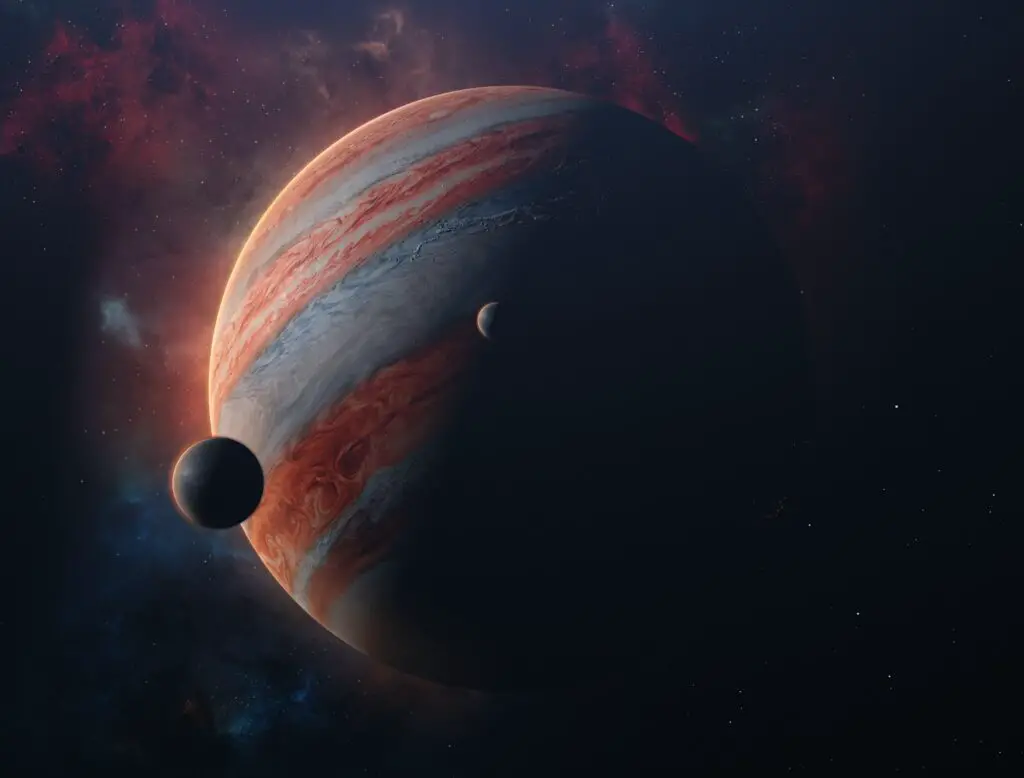
Using its powerful infrared sensors, JWST has unveiled a patchwork of hot and cool zones layered high above the Great Red Spot.
These surprising temperature variations point to complex vertical motions within Jupiter’s upper atmosphere, unlike anything detected in calmer areas of the planet.
Such findings hint at dynamic processes shaping the region’s weather and energy distribution.
Learn more
3. Chemical Surprises in the Upper Atmosphere

Spectroscopic data from the JWST have uncovered unexpected concentrations of chemicals such as ammonia and sulfur compounds floating above the Great Red Spot.
Unlike other regions of Jupiter, these chemical signatures appear more intense and unevenly distributed, likely influenced by the storm’s immense energy.
This discovery hints at unique atmospheric reactions and cloud formation processes driven by the turbulence of the Red Spot.
See details
4. Giant Gravity Waves
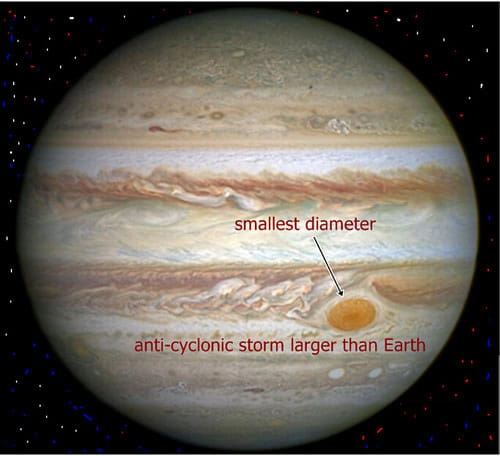
Scientists have spotted massive atmospheric gravity waves undulating above Jupiter’s Great Red Spot—phenomena resembling ripple patterns in Earth’s skies.
These waves can move energy over great distances, potentially shaping the weather and flow of the planet’s upper atmosphere.
Their presence highlights the dynamic and interconnected nature of Jupiter’s high-altitude environment.
More info
5. Energetic Particle Activity
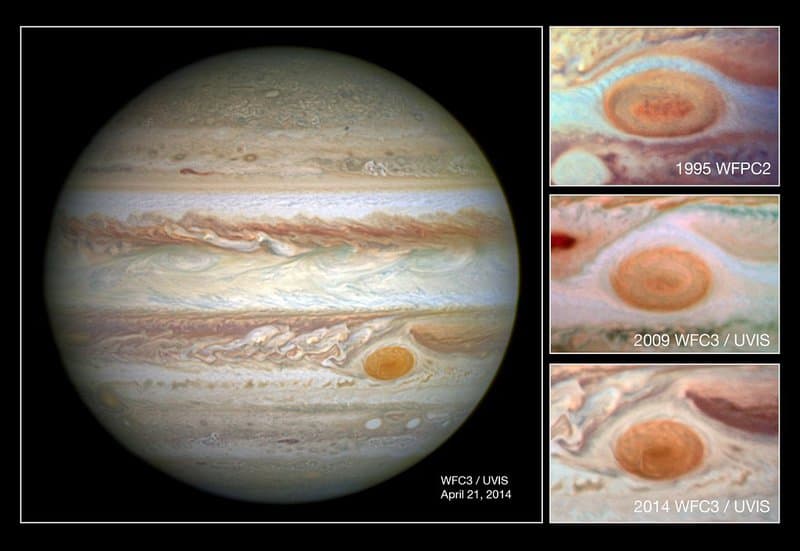
High above the Great Red Spot, JWST has detected elevated levels of energetic particles—a phenomenon likely linked to the storm’s fierce magnetic and atmospheric interactions.
These surprising particle counts challenge established ideas about Jupiter’s radiation belts and suggest new dynamics at play in the upper atmosphere.
Explore further
6. Aurora Interactions

Intriguing data indicate that the upper atmosphere above the Great Red Spot may interact directly with Jupiter’s spectacular auroras.
These interactions can trigger distinctive electrical and chemical phenomena unique to this region, linking the storm’s activity with the planet’s magnetic field and broader magnetospheric dynamics.
This discovery uncovers a vital connection between Jupiter’s most famous storm and its glowing polar lights.
Read more
7. High-Speed Jet Streams
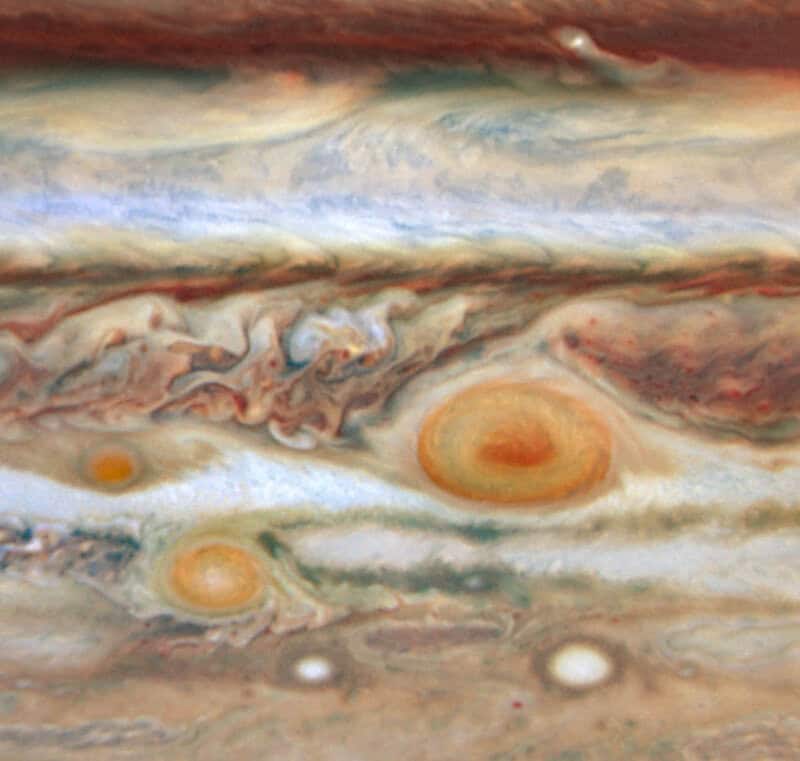
Above the Great Red Spot, JWST has detected jet streams racing at speeds surpassing those found near Jupiter’s cloud tops.
These high-velocity winds might help sustain the storm’s remarkable persistence and influence how gases mix in the upper atmosphere.
Their discovery adds yet another layer to the Red Spot’s dynamic environment.
Details here
8. Vertical Atmospheric Towers

Recent imaging has revealed towering atmospheric columns rising above the Great Red Spot, likely formed by powerful convective forces within the storm.
These vertical structures appear to channel heat and chemicals from Jupiter’s deeper layers up toward the upper atmosphere and possibly even into space.
Their presence highlights the dramatic vertical dynamics unique to this famous Jovian storm.
Further reading
9. Lightning and Storm Activity

Scientists have observed frequent lightning flashes in the upper atmosphere above the Great Red Spot, occurring at rates much higher than elsewhere on Jupiter.
This intense electrical activity signals vigorous storm dynamics and rapid energy transfer at high altitudes, further distinguishing the Red Spot’s turbulent environment.
More info
10. Strange Cloud Formations

High above the Great Red Spot, JWST has imaged unusual filamentary and wave-like cloud patterns that stand apart from other regions on Jupiter.
These bizarre structures likely result from the intense turbulence generated by the storm and provide important insight into atmospheric dynamics at play.
Images here
11. Unusual Polarization Signals
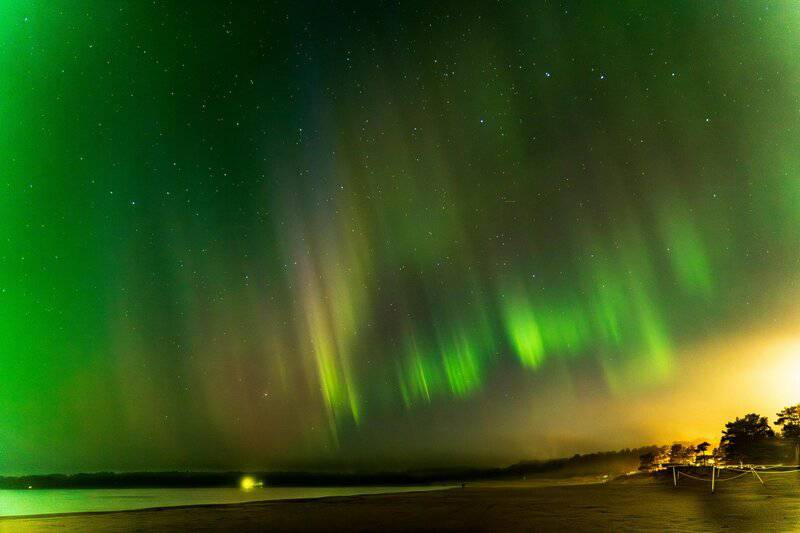
Polarized light studies above the Great Red Spot have revealed strikingly unusual signals, suggesting that atmospheric particles are being aligned by either intense winds or strong magnetic fields.
These polarization patterns offer a unique window into the otherwise hidden movement and structure of Jupiter’s upper atmosphere.
Such findings are crucial for mapping atmospheric dynamics in this mysterious region.
Read more
12. Enhanced Radiation Belts
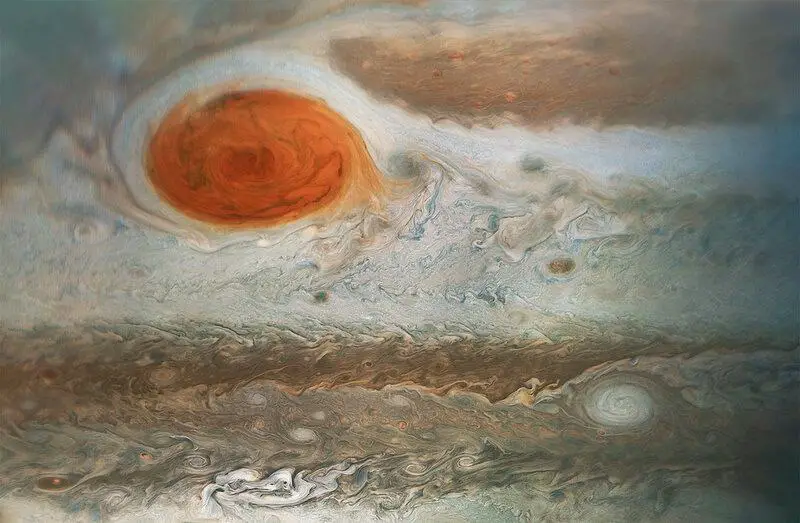
Above the Great Red Spot, scientists have detected intensified belts of charged particles, reminiscent of Earth’s Van Allen belts but on a much grander scale.
These enhanced radiation belts present significant challenges for spacecraft and provide valuable data for refining our understanding of planetary magnetospheres and radiation environments.
Their strength underscores the Red Spot’s broader influence on Jupiter’s space weather.
Details
13. Ultraviolet Mysteries

Ultraviolet images from JWST have revealed glowing, enigmatic features above the Great Red Spot, thought to arise from energetic particle collisions or as-yet-unexplained atmospheric phenomena.
These striking emissions highlight the extreme and dynamic nature of the environment surrounding Jupiter’s most famous storm, offering scientists fresh clues to unravel its hidden processes.
See more
14. Unexpected Water Vapor

JWST has detected traces of water vapor in the high-altitude atmosphere above the Great Red Spot—a surprising find, considering Jupiter’s mostly hydrogen and helium makeup.
This discovery suggests complex upwelling or unique chemical processes at work within the storm zone, offering new mysteries for planetary scientists to unravel.
More info
15. Layered Aerosol Patterns

Above the Great Red Spot, aerosol layers display striking differences in thickness and composition compared to other parts of Jupiter.
Scientists believe the storm’s intense turbulence sculpts these unique patterns, which in turn influence how heat and sunlight travel through the upper atmosphere.
These findings offer deeper insight into Jupiter’s climate and energy processes.
Details
16. Ancient Storm Remnants
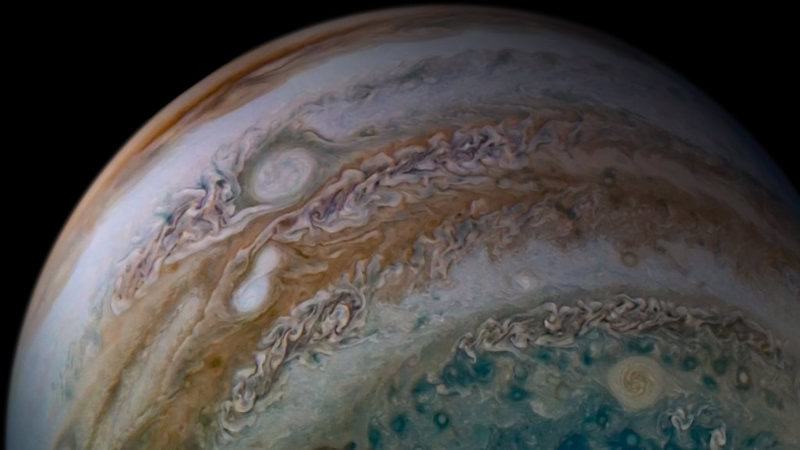
Some persistent features detected above the Great Red Spot may be remnants of ancient storms, preserved by the region’s unique atmospheric conditions.
By comparing these lingering structures to similar patterns on Saturn and Neptune, scientists gain valuable clues about the evolution of giant planets and their storm histories.
Comparison study
17. Surprising Vertical Wind Shear
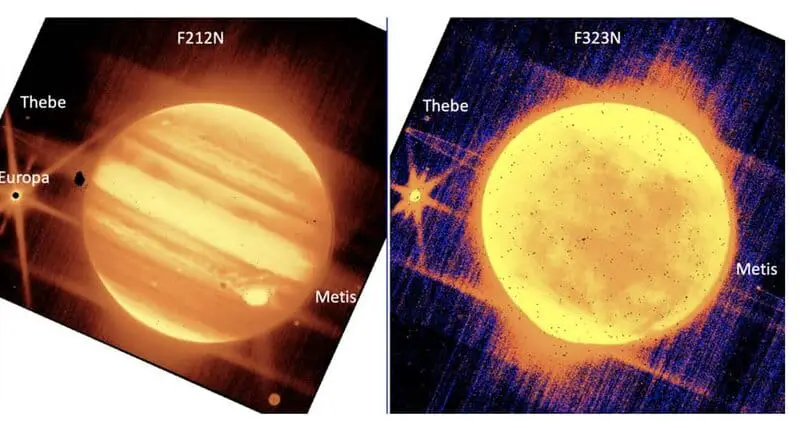
JWST observations have uncovered intense vertical wind shear just above the Great Red Spot, with wind speeds shifting dramatically over only a few kilometers.
These sharp gradients create unstable atmospheric layers, which can significantly influence how energy and various materials are mixed within and above the storm.
Such dynamic wind patterns set this region apart from the rest of Jupiter.
Learn more
18. Persistent Vortices
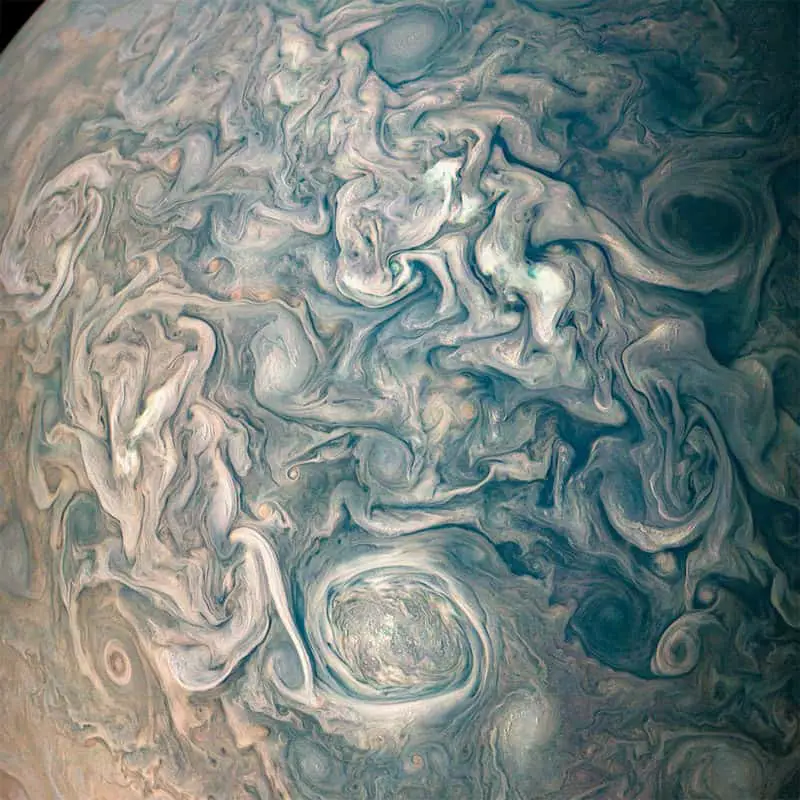
Scientists have detected smaller, long-lasting vortices swirling above the Great Red Spot—essentially mini-storms embedded within the larger system.
These persistent features likely play a role in transferring momentum and energy, helping to maintain the Red Spot’s legendary endurance.
Their presence adds further complexity to the atmospheric dynamics above this iconic storm.
Further reading
19. Fast-Moving Plumes

Occasionally, rapid plumes of gas and aerosols erupt above the Great Red Spot, soaring far faster than the surrounding atmospheric currents.
These high-velocity bursts may signal sudden energy releases from deep within Jupiter’s interior, offering tantalizing hints about the forces powering this immense storm.
See more
20. Seasonal Atmospheric Changes

Studies reveal that the atmospheric features above the Great Red Spot shift noticeably with Jupiter’s seasons, changing in brightness, chemical makeup, and overall structure.
These seasonal cycles are reminiscent of Earth’s, yet display unique Jovian characteristics that reflect the planet’s different environment and orbit.
Such variations offer fresh perspective on planetary weather patterns.
Read more
21. Comparisons to Earth’s Superstorms
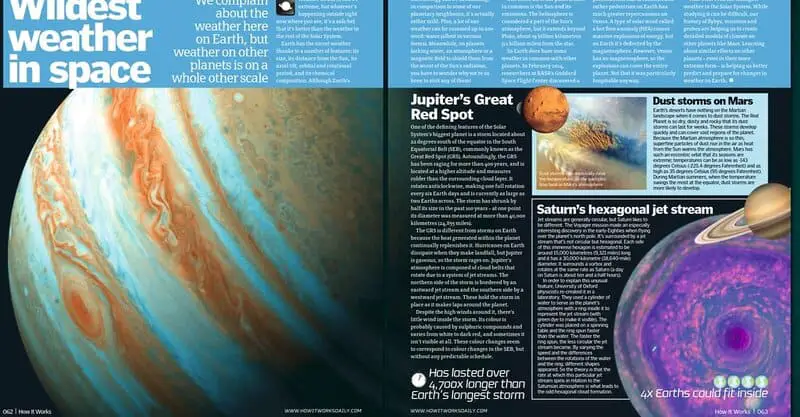
Many of the dynamic features observed above Jupiter’s Great Red Spot—like soaring cloud towers and fierce upper-level winds—find striking parallels in Earth’s most powerful superstorms.
By comparing these two worlds, scientists can deepen their grasp of atmospheric physics and storm dynamics, learning lessons that apply across the solar system.
Comparison
22. Ongoing Mysteries Awaiting Discovery
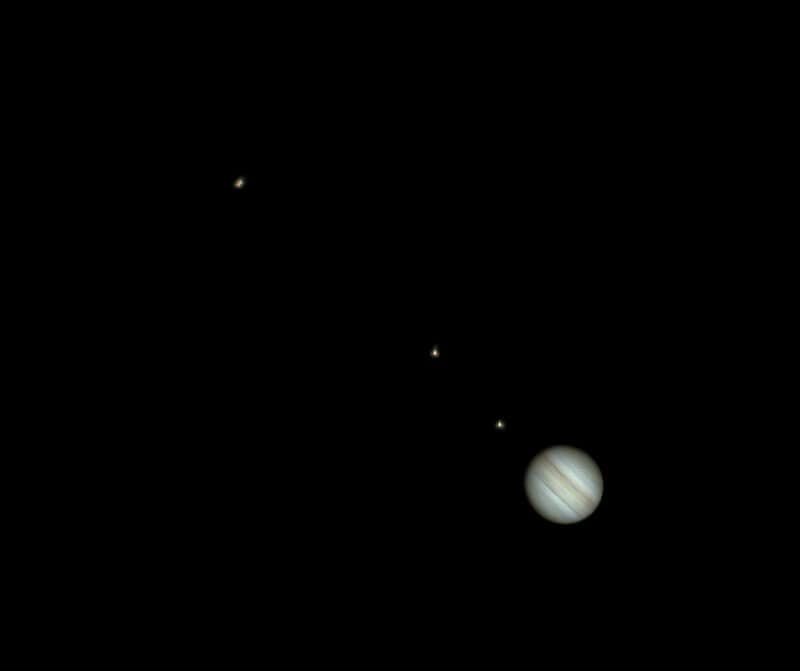
Despite the remarkable advances enabled by JWST, the region above Jupiter’s Great Red Spot remains full of unanswered questions.
Scientists continue to encounter unexplained signals and unexpected atmospheric behaviors, hinting at hidden processes and phenomena yet to be understood.
As new data arrives, the Red Spot’s secrets promise to rewrite our knowledge of giant planet atmospheres.
Stay updated
Conclusion
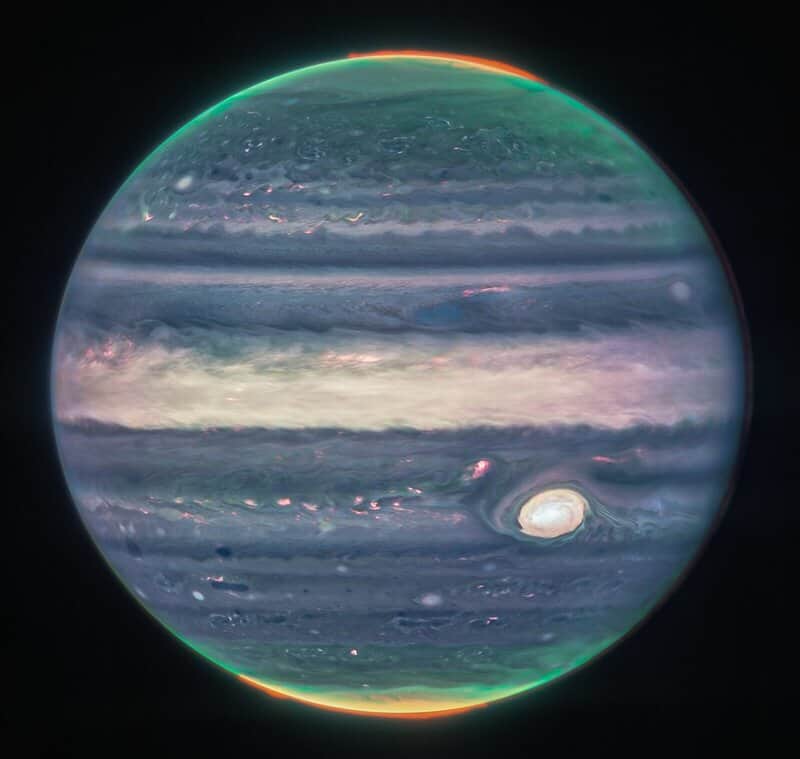
The James Webb Space Telescope has revolutionized our view of the region above Jupiter’s Great Red Spot, uncovering a realm of complex chemistry, energetic particles, and ever-changing atmospheric dynamics.
These findings not only challenge long-held beliefs but also showcase the storm as a living laboratory for planetary science.
As new missions and technologies emerge, we can look forward to even more astonishing insights.
Stay curious—Jupiter’s skies still have countless secrets waiting to be discovered.

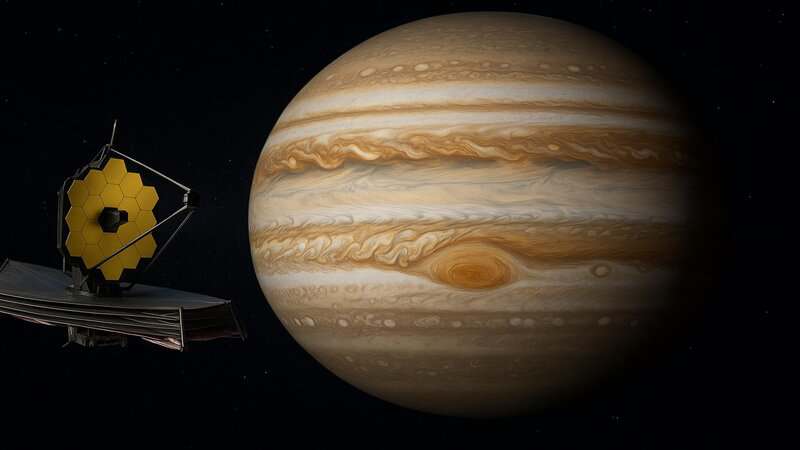

Vielleicht interessiert es Sie:
Wussten Sie! Minensuchratten auf dem Schlachtfeld und sie sind super effektiv!
Wie viele Giraffenarten gibt es? Leben sie alle in Afrika?
Der Vogel ist das Weibchen der Vögel: wahr oder falsch?
Warum bauen Biber Dämme? Welchen Nutzen?
Warum leben manche Tiere nachtaktiv? Welche Vorteile?
Küssen Tiere? Ist das die gleiche Bedeutung wie Menschen?
200+ Hilarious Seahorse Jokes That Will Make You Smile and Giggle
200+ Funny Investment Jokes to Boost Your Financial Humor Game